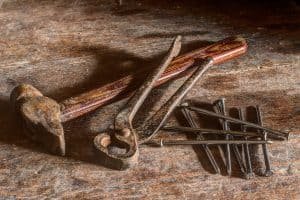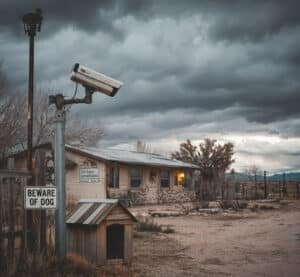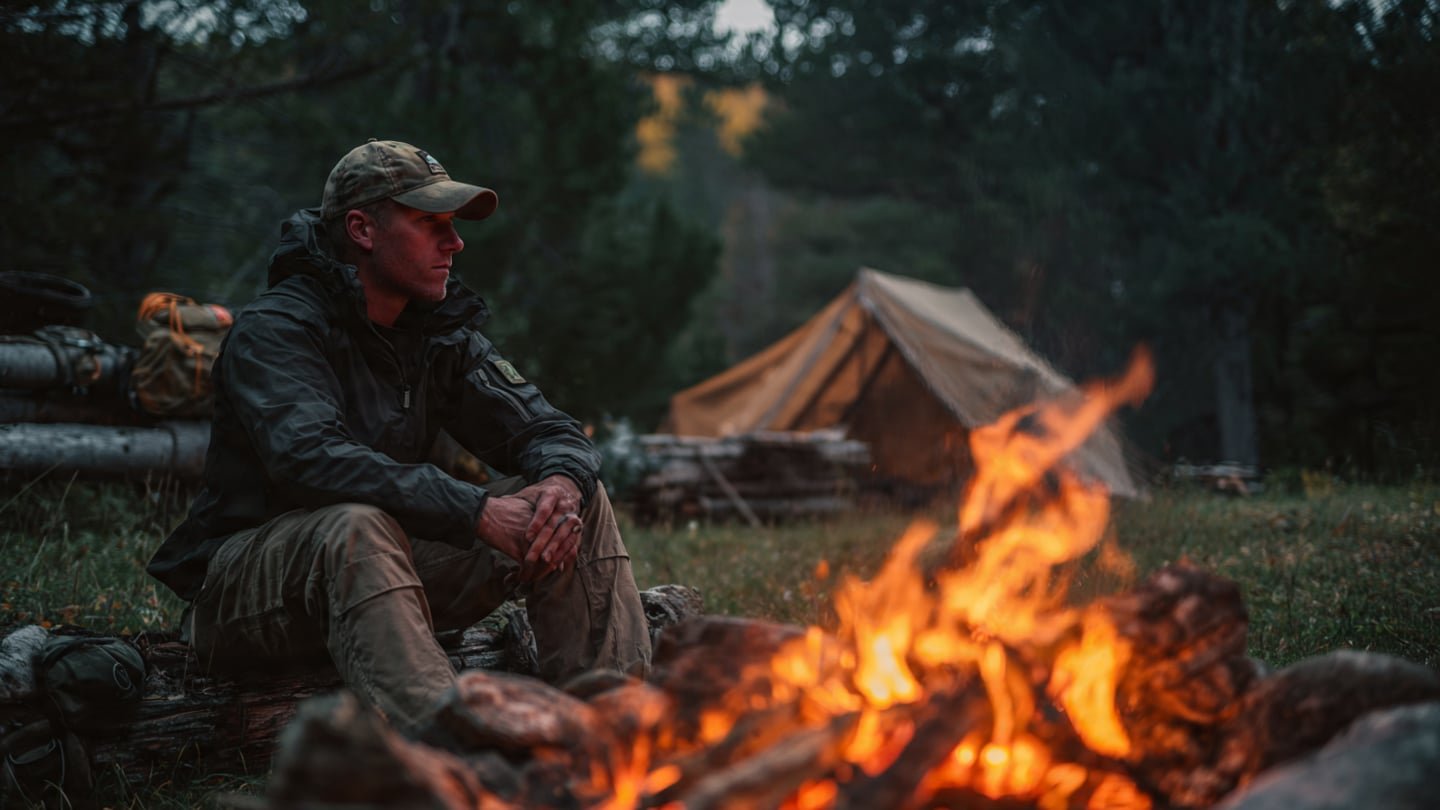The months of September to October are the best time to prepare for winter. Summer is just too hot to get the job done. Come November, it may be too late to prepare for the cold. Start planning and prepping for your fall homestead activities now so you can hit the ground running once autumn arrives.
[lookbook id=”78974″]
Prepare Your Garden
Around this time, your summer garden should be ready or just about ready for harvesting. Of course, you should know the exact time to harvest each plant you have. Basically, you should be starting your fall garden real soon. That means you have to prepare the soil after harvesting your current crops.

Add organic matter
To prepare the soil for planting, you must first add organic matter. You can find plenty of organic matter in the homestead. Use animal manure, composted sawdust, and plant materials like leaves, grass clippings, and straw. If you have a compost pit (which you should), mix some of the compost into your soil. All these organic materials will replenish the soil’s nutrient content at the same time make it easier to dig. This brings us to the next step.
Till the soil
The ground will be a bit loose after removing the old plants and adding organic matter but you will still need to dig a little deeper — about 8 to 10 inches deep. Loosening the soil this deep will help the roots of your crops, especially vegetables, go deeper, as well.

Your next steps will be preparing the soil for the actual planting process. You can either plant your seeds directly into the ground or you can build raised beds so your plants will have an even deeper soil to grow in.
Build raised beds
Building raised beds is another one of the many fall homestead activities that you should be preparing for right now. It’s pretty simple, really. All you need are the right wood, tools, and a few carpentry skills.

Clean and store your tools
Don’t forget to clean all your garden tools after using them. Dry them before storing them in your tool shed. If you leave them dirty and let the months pass by, your tools will likely develop rust.
Tend to Your Animals
One of the fall homestead activities that you should be doing year-round is to watch over your livestock. It’ll get a lot busier this time of the year, though, since you have to prepare for winter.
Repair the fence
One main reason why you have to make sure your fence is a-ok is to keep everyone inside safe. That includes your family and livestock. Your fence may not be high enough to keep intruders from scaling it but it should prevent wild animals from getting into your property. It also keeps your livestock from getting out, especially during a snowstorm come winter.
Go around and take a close look at your fence and see if there are repairs necessary. Fall is the perfect time to fix them since it’s not too hot. In fact, your fence should be repaired before it gets cold since it’ll be difficult to do it when there’s so much snow.
Check the animal houses
By animal house, we don’t mean a comedy film about fraternity brothers starring the late John Belushi and a young Kevin Bacon. While it can get crazy in the homestead as it does in a frat house, we’re dealing more with pigs, chickens, and other livestock here? Still can’t see the difference?
Well, anyway, you should take a close look at your barn, chicken coop, pigpen, and other animal housings on your property. Make sure to do repairs if necessary. You should also check the insulation and ventilation. You need to keep the animals during winter.
Gather food
Storing food is one of the most important fall homestead activities you should do before the cold season comes. Like humans, your livestock needs food to get them through winter. Unfortunately, grazing on grass and other vegetation is out of the question during wintertime. That is why you should stockpile enough food to last the winter months.
This is not just for the grass-eaters. Make sure you have ample food for all your animals, including dog food and cat food, if you have these pets in your homestead. Make sure you store the food properly to keep them from spoiling, getting wet, or being eaten by rodents.
Prepare for the Cold
It can get very cold in the homestead come winter. Some families don’t have home heating systems that they can just turn on when it gets too cold. Others prefer the old-fashioned way. Whatever your reason, you should have different ways to keep your home warm during the cold months. You have the entire fall season to prepare all these.
Gather firewood
It’d be difficult to gather firewood with all the snow. That’s why this is one task that falls under fall homestead activities. Start gathering firewood in the fall and make sure you keep them somewhere dry. Also, keep your firewood away from fire. You need them to stay warm not to burn the entire place down.
Buying firewood is perfectly fine. The important thing is you’re prepping for the cold months. If you have reservations about spending your hard-earned money on firewood, you can chop down trees instead.
If there are fallen trees in your vicinity, you don’t need to chop down a live one. To make firewood out of a fallen tree, you’ll need the right tools. Invest in a wood-splitting axe or a log-splitting maul. A tree-felling wedge will also be useful while a chainsaw will come in handy for cutting off large branches.
After cutting a tree into firewood logs, they need some time to season. Some store their new firewood for 6 months while others take a year before burning them. In other words, you can store and season the firewood you’re cutting up this fall so they’re ready by wintertime next year. In the meantime, you can buy firewood.
Inspect the house
Broken windows, leaky doors, and holes in walls may let cold air inside your home. Repair them now so you won’t have to deal with the cold later on. Check your home’s insulation, too. You may need to add new insulation over the old layer or replace it altogether.
Insulate your home
Aside from fixing or sealing gaps and holes around the house, you should also seal the pipes. Insulate the plumbing pipes by wrapping them with flexible foam-foil insulation. This will prevent heat loss through your hot water pipes.
Prepare your window covers, too. Take out your thick curtains in case you need to wash them first. If you’re using shutters, clean them up before installing.
Clean out heaters
You need your heater to be in tiptop shape come winter. That’s why checking and cleaning your heater is one of the fall homestead activities you shouldn’t forget to do. If you have a baseboard heater at home, you have to clean it at least once a year. To clean a baseboard heater, you’ll need a vacuum cleaner, microfiber cloth, and rust remover in case you spot some rust on the heater’s fins. If you find gaps on the pipes, seal them with spray foam insulation or silicone sealant. Use the heat-resistant ones. For gaps on the baseboard, use aluminum foil tape.
Clean electric heaters and space heaters, too. This is something you should do on a regular basis. Dirty and dusty heaters don’t work as well as you’d want. The buildup may also emit odors. More importantly, it can be a fire hazard.
Have backup heat sources ready
Electric heaters don’t work when you have no power, obviously. They also tend to break down when you need them most. In case your home heaters are useless, you need backup heat sources.
Most backup heat sources use fire. That means the risk of your house burning down goes up. Make sure you handle them properly and that you don’t leave them unattended. Also, purchase fire extinguishers and make sure you know how to use them. If you already have one, check it regularly so it won’t falter when you need it most.
Stockpile fire sources, too. You’ll need waterproof matches, lighters, and fire starters in your emergency kits so make sure you have some that you can use at home in case of power outages. Stock up on tinder and hexamine tablets, too. These fuel tablets will be useful when you have to boil water or cook food on a portable stove. Plus, they’re smokeless. Again, you need to be doubly careful when dealing with fire. It’s a good idea to set up a place for your portable stove that has proper ventilation and is far from any flammable materials.
[lookbook id=”78976″]
Stock Up On Food
Here’s another fall homestead activity that you should be doing regularly. You have to continuously stockpile food in your pantry for emergencies. When some form of disaster strikes, you may not have access to fresh or store-bought food items. The power grid may also be down so perishable foods may be gone before you know it. In case of financial burdens, you may not be able to afford to put food on the table. In each of these scenarios, you’ll have some buffer if you have emergency food stored at home.
Store extra food
When it gets too cold outside, you probably don’t want to go out that much. A trip to the grocery for a week’s worth of food may be a bit too taxing, especially if you consider all the snow you’ll be driving and walking through. Plus, the snow and ice increase the chances of accidents so you’re really better off staying at home.
https://www.youtube.com/watch?v=N5Yx3e4QZUA&t=39s&ab_channel=WebScraping
Before winter comes, stock up on canned goods, grains, and other non-perishable food. You should also store drinking water. Water pipes can freeze under extremely cold temperatures. If you don’t prepare your pipes for winter, your water supply will be affected. That’s why you should have clean water stored in your home where it’s warm.
Preserve food
Things are pretty busy at the homestead during the fall season. Aside from the fall activities we already covered here, most homesteaders are also grinding it out in the kitchen making preserved food out of their recent harvest. You’ll find them drying, salting, and canning stuff. Of course, this is a good thing as this means they’ll have plenty of food come winter and even beyond.
Food preservation is not a complicated thing. You can do it using simple tools and equipment like dehydrators, pressure canners, canning sets, Mason jars, dutch ovens, blenders, food processors, and many others. You just need to know which foods can be preserved and the exact process to do it. Some methods of food preservation aside from drying, canning, and salting are chilling, freezing, sugaring, and vacuum packing.
Once you’re done preserving the food, you need to store your food properly. Make some space in your pantry for your DIY preserved food. Label them so you know what they are and when you made them. This will help you identify which ones need to be consumed first.

There are lots of other fall homestead activities you can be doing aside from what we’ve mentioned. This list is just some of the basic tasks that should be accomplished before fall ends. These will also put you in a better place once the cold season sets in. For more homesteading tips, visit Gentleman Pirate Club.






















